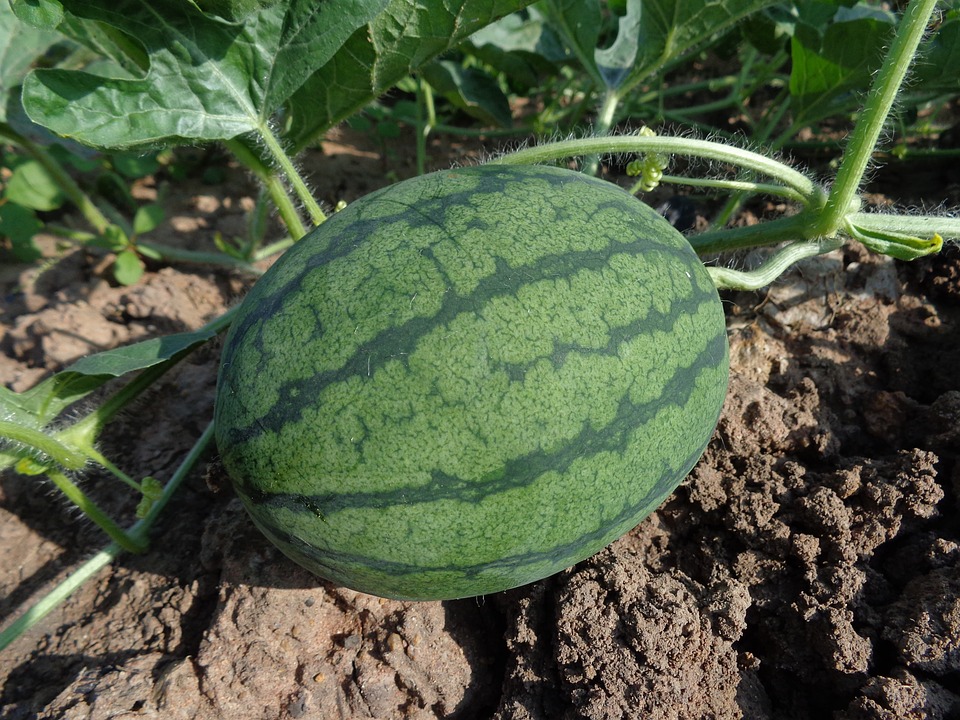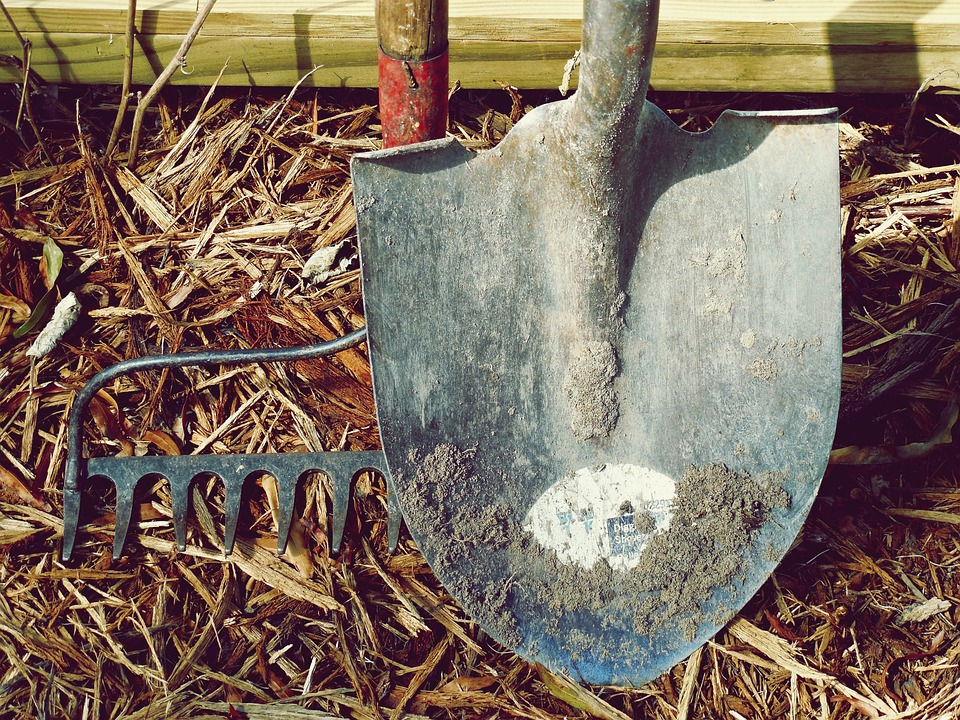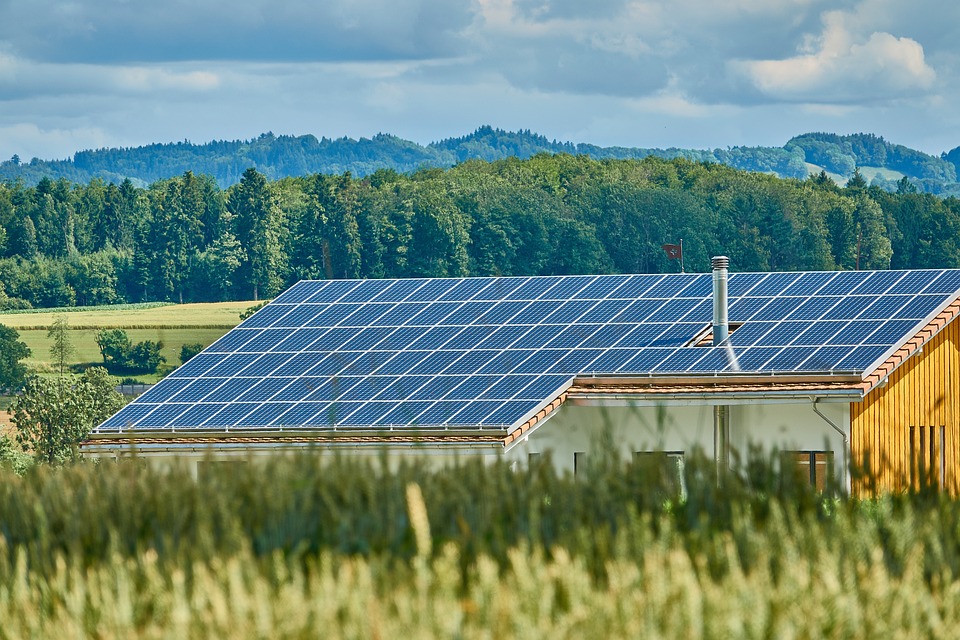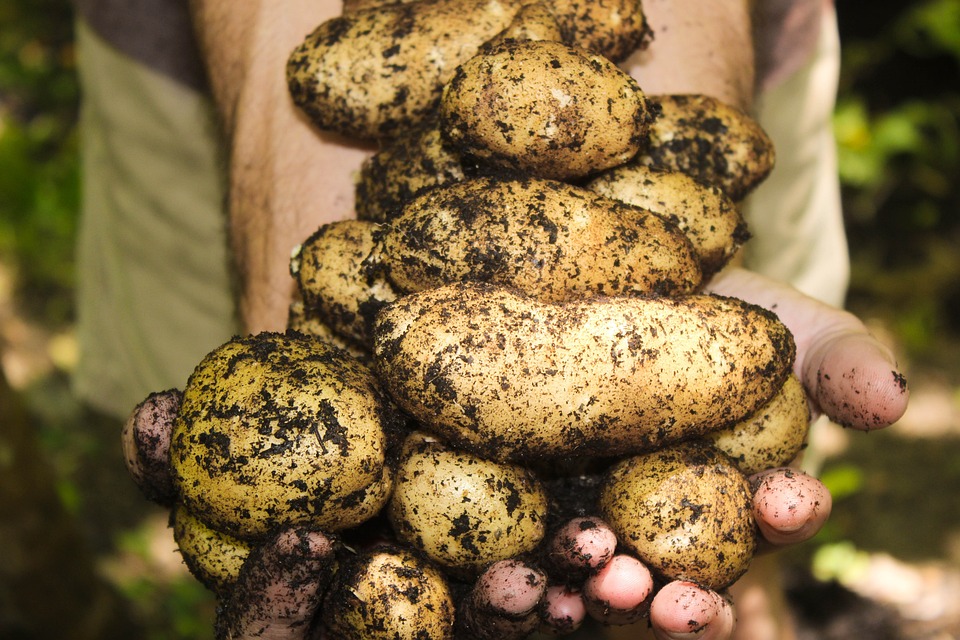Travel with Purpose: Sustainable Travel International Promotes Conscious Tourism
What if I told you that you can explore the world, satisfy your wanderlust, and make a positive impact on the planet, all at the same time? As avid travelers, we often overlook the potential impact our adventures can have on the environment and local communities. But fear not, my fellow globetrotters! In this article, I invite you to join me on an exciting journey towards sustainable travel and tourism. We will delve into how Sustainable Travel International, a leading organization promoting conscious tourism, is revolutionizing the way we explore our planet and leave a positive footprint along the way. Traveling with purpose is a concept that has resonated deeply with me ever since my first eye-opening trip to a remote village in Costa Rica. The experience opened my eyes to the incredible beauty that exists beyond the mainstream tourist destinations. I discovered the importance of seeking out authentic experiences, supporting local economies, and preserving the natural wonders that make our world so enchanting. Sustainable Travel International (STI) is an organization that shares these values and seeks to transform the way we travel. Their mission is simple yet profound: to promote sustainable tourism practices that protect the environment, support local communities, and enhance the well-being of travelers and destinations alike. One of the core initiatives of Sustainable Travel International is their Eco-certification program. This program awards genuine eco-friendly establishments with a certification seal, making it easier for conscientious travelers like you and me to identify and support businesses that align with our values. By supporting these certified establishments, we can rest assured that our travel experiences are not causing harm, but instead contributing to a healthier and more sustainable future. So, how exactly does sustainable travel work? Let’s start with minimizing our carbon footprint. Sustainable Travel International encourages travelers to choose airlines that actively work towards reducing emissions and offer carbon offset programs. Some of the leading airlines even partner with environmental organizations to invest in projects that reduce greenhouse gas emissions. By choosing to fly with these airlines, we can do our part in combating climate change. A crucial aspect of sustainable travel is supporting local economies. When traveling, it’s essential to engage with local communities and businesses. This means staying in locally-owned accommodations, dining at local restaurants, and shopping for souvenirs from local artisans. By doing so, we contribute directly to the economic well-being of the destinations we visit, ensuring that our travels leave a positive and lasting impact. But sustainable travel isn’t just about supporting local businesses; it also encompasses preserving the natural environment. Sustainable Travel International encourages responsible practices such as avoiding single-use plastics, respecting wildlife and their habitats, and opting for eco-friendly transportation. By making conscious choices, we can help protect fragile ecosystems and ensure that future generations can experience the wonder of our planet. Now, you may be thinking, “How can I ensure that my travel choices truly align with sustainability?” Well, fear not, my friends, for I have some pro tips up my sleeve: 1. Research and plan ahead: Before embarking on your next adventure, take the time to research and choose destinations and accommodations that have adopted sustainable practices. Tools like Sustainable Travel International’s directory of certified businesses can be invaluable in making informed choices. 2. Pack light and smart: Every ounce matters, especially when it comes to air travel. Minimize your luggage and pack reusable items such as water bottles, cutlery, and shopping bags to reduce waste during your trip. 3. Respect the local culture: Embrace the customs and traditions of the places you visit. Educate yourself about local cultures, respect their norms, and be mindful of your actions to ensure a respectful and enriching experience for all. 4. Go slow and immerse yourself: Instead of rushing from one tourist hotspot to another, take the time to truly immerse yourself in the local culture and environment. Try unique experiences, engage with the community, and be open to learning from different perspectives. 5. Share your experience and inspire others: As travelers passionate about sustainable tourism, we have a responsibility to share our journeys and inspire others to embark on purpose-driven adventures. Use social media, blogs, or even good old-fashioned storytelling to spread the word and encourage others to travel with purpose. By following these pro tips and incorporating sustainable travel into our adventures, we become more than just travelers; we become ambassadors for change. We have the power to reshape the tourism industry, protect our planet, and create a better future for all. So, fellow wanderers, let’s embark on this exhilarating journey towards conscious tourism together. Let’s choose to explore our world with purpose and make sustainable choices that leave a positive legacy for generations to come. Let’s support organizations like Sustainable Travel International and make a difference one travel experience at a time. The world is waiting, and it’s up to us to ensure that its beauty endures for eternity.










